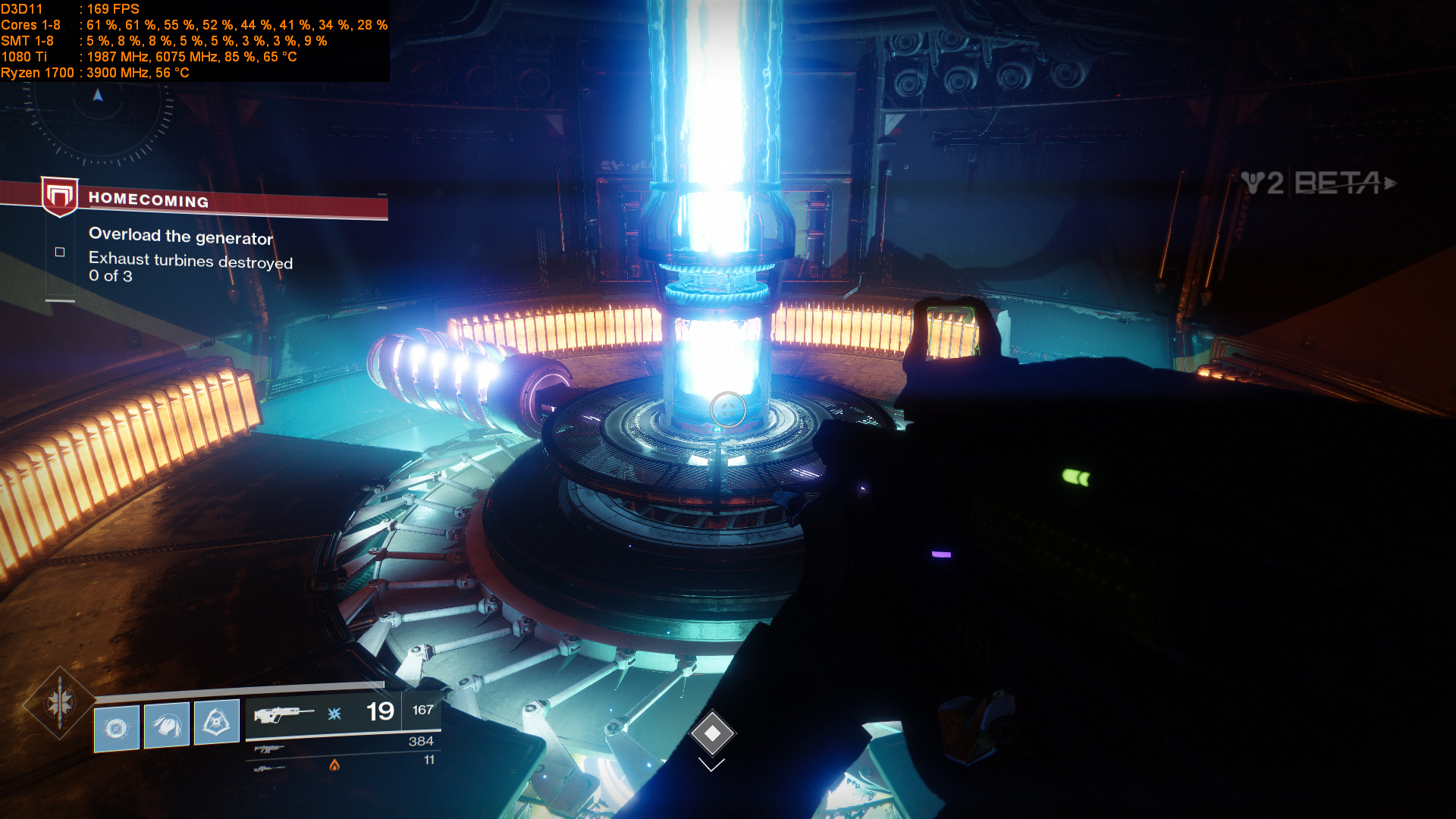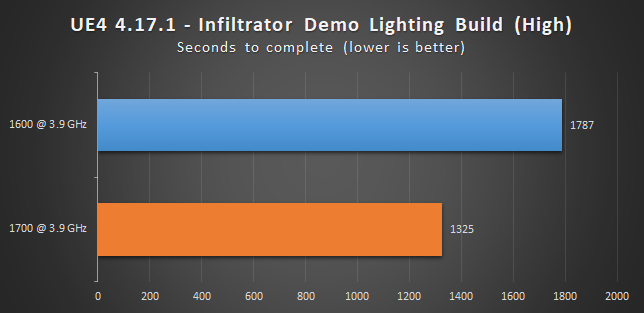The architectural features that allow Ryzen to connect four dies allowed them to link two dies with comparatively little effort. While they were at it, they reused elements like the general socket format from EPYC, which likely explains why Threadripper inherited the mechanical requirements of having two placeholder dies.
It would have been harder to get preliminary work as far as it did if the overall architecture needed changes and real investment, made the business case harder once presented, and it would have taken longer to roll out. In corporate terms, it was more spontaneously put together than EPYC and Ryzen because Threadripper naturally falls out of the system's capabilities.



